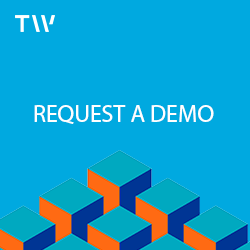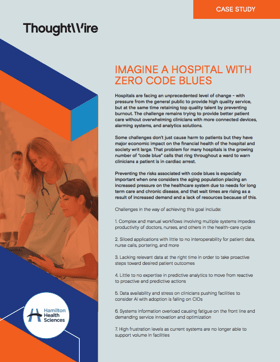We live in the revolutionary era of electronic waves connecting our every gadget: in a smart home, the refrigerator could enumerate the items you have, for how long you have them (without judgment about last week’s half-eaten yogurts or pizza slices) and send off the shopping list to your smartphone.
You can tell Alexa what song you want to listen to and you can turn the lights on and off from your cell phone. The Internet of Things (IoT) allows these to happen, through which connected devices communicate with each other. Gadgets collect, analyze and share data coming in via their sensors, and make certain if-then-style decisions. Artificial intelligence and digital assistants (both text-based chatbots and voice-based devices) are key components in the smooth operation of IoT networks.
The Internet of Medical Things (IoMT) is naturally about a connected infrastructure of medical devices, software applications, health systems, and services. However, it could extend way beyond the hospital. In the future, we can imagine that a smartwatch used at home will send back vital signs to a GP’s tablet about a patient, toilets with microchips similar to the MC10 biostamps will monitor urine – so you won’t need to bring your urine sample to the doctor anymore -; sensors will log movement patterns, bathroom sensors will follow patterns of water usage, or digital mirrors will measure basic vital signs. Or, we could imagine Dina Katabi’s connected device put into practice: it already allows monitoring patients’ sleep patterns, mobility, and gait. It can pick up on their breathing rates or detect if someone has a fall. It can monitor their heartbeats and even provide information about their emotional state. What if all that information could be sent back to the hospital for control in the future?






